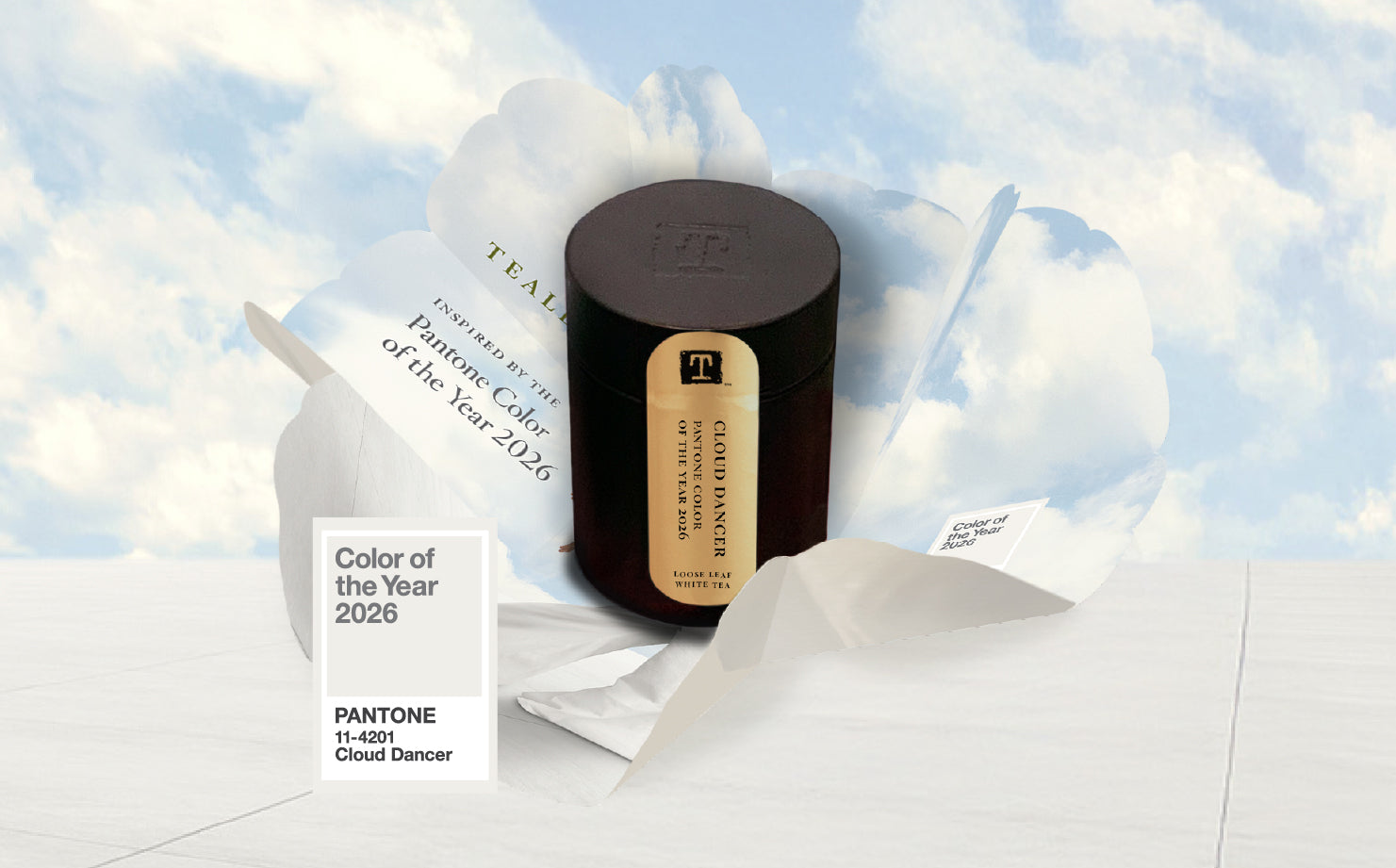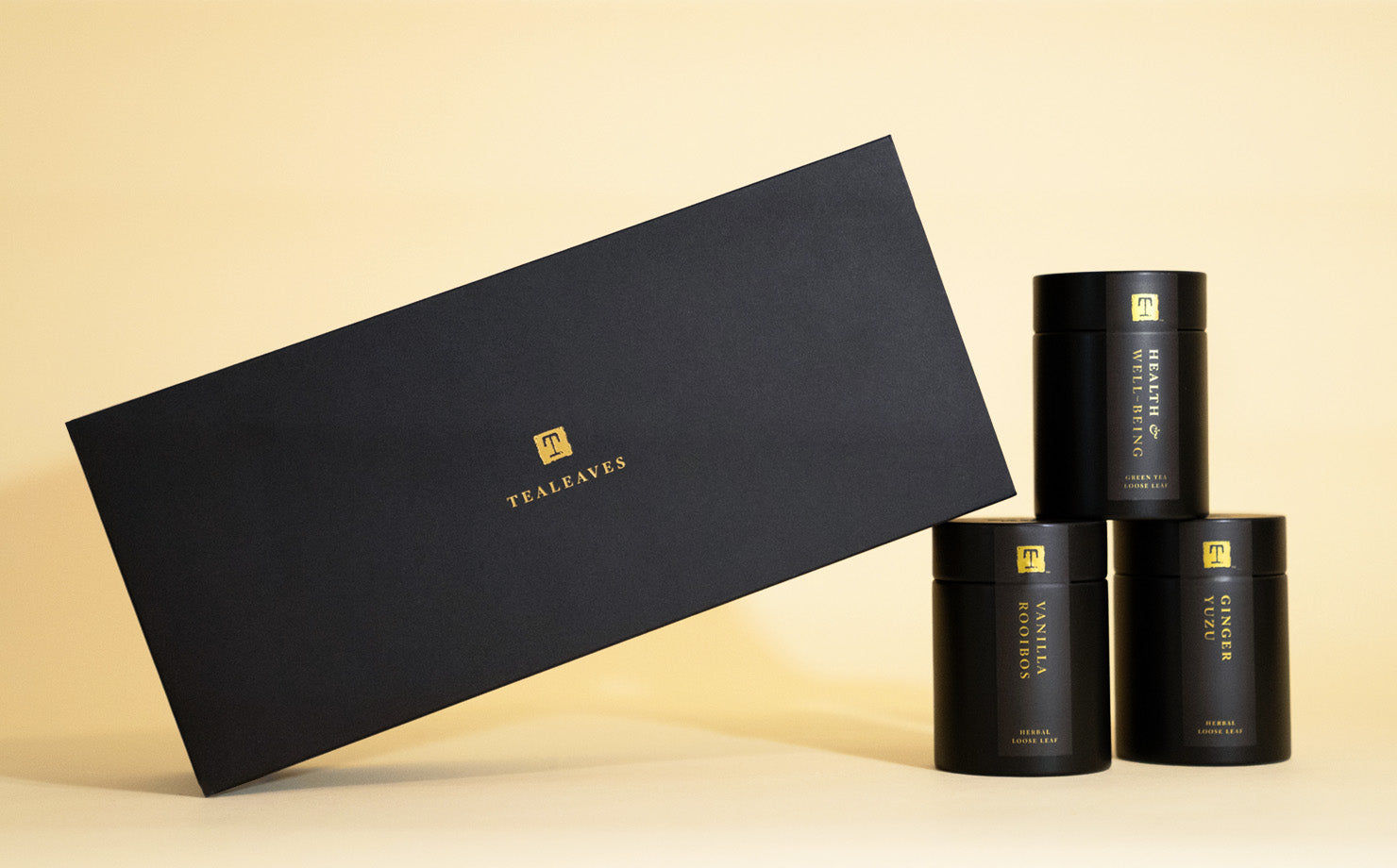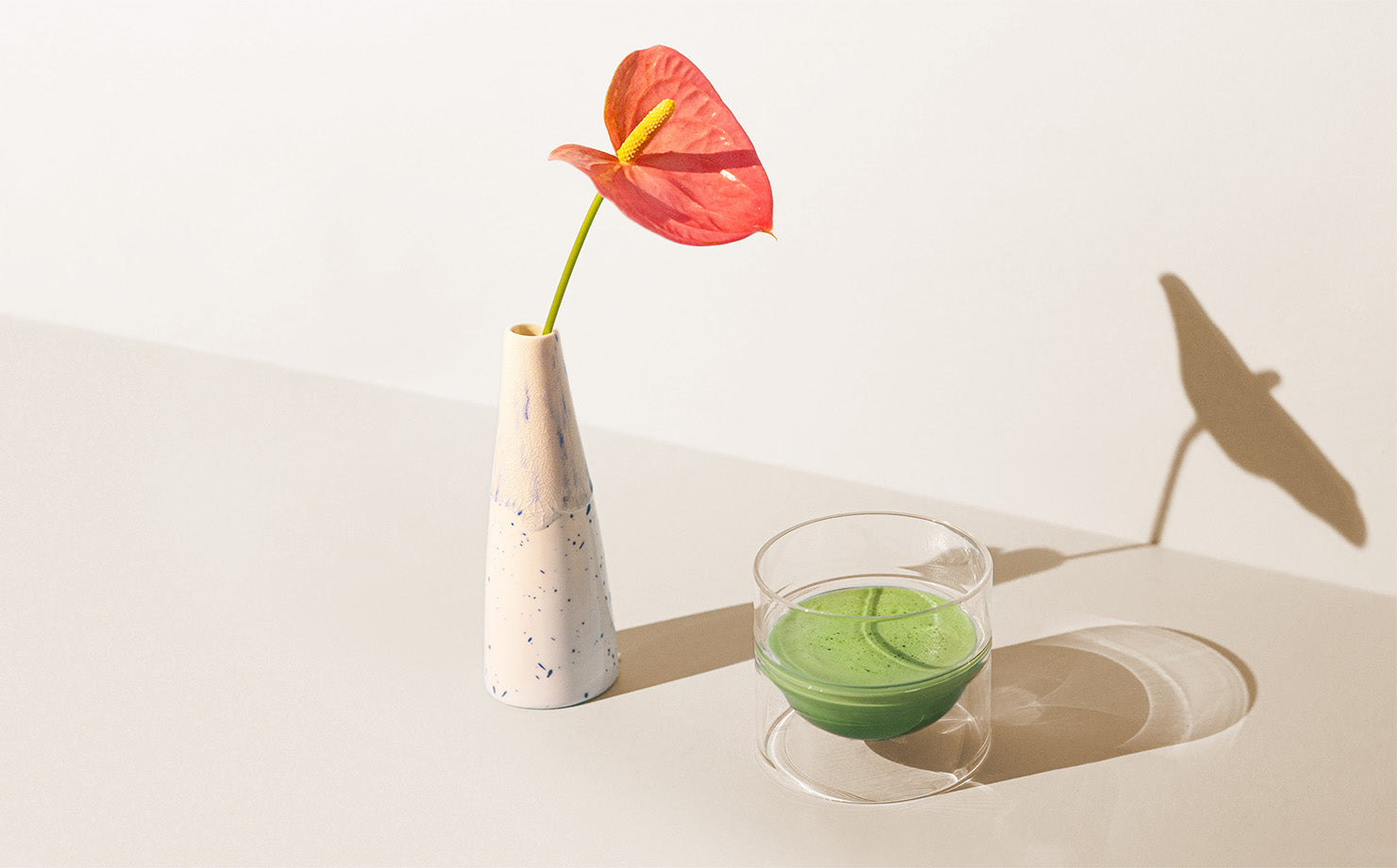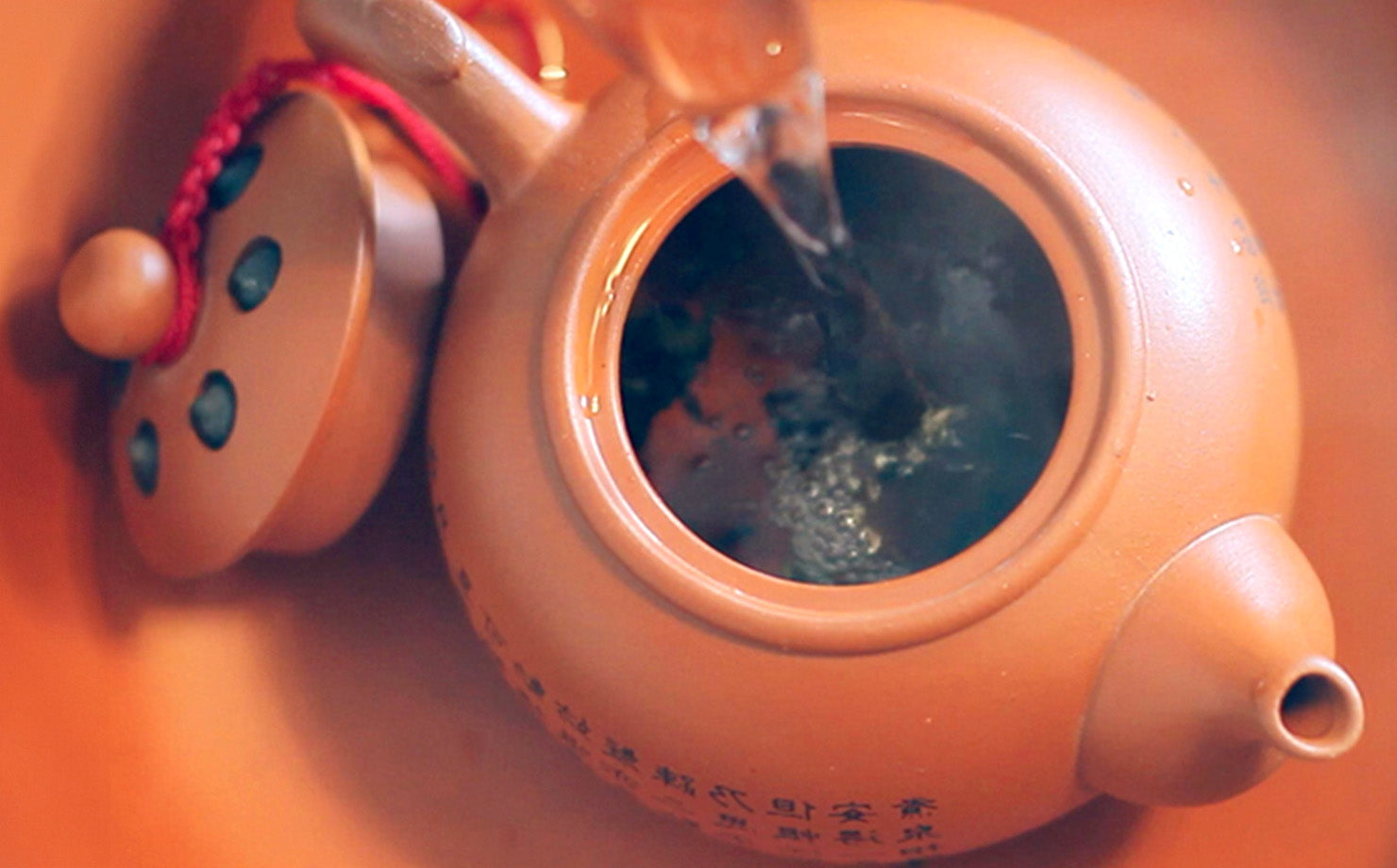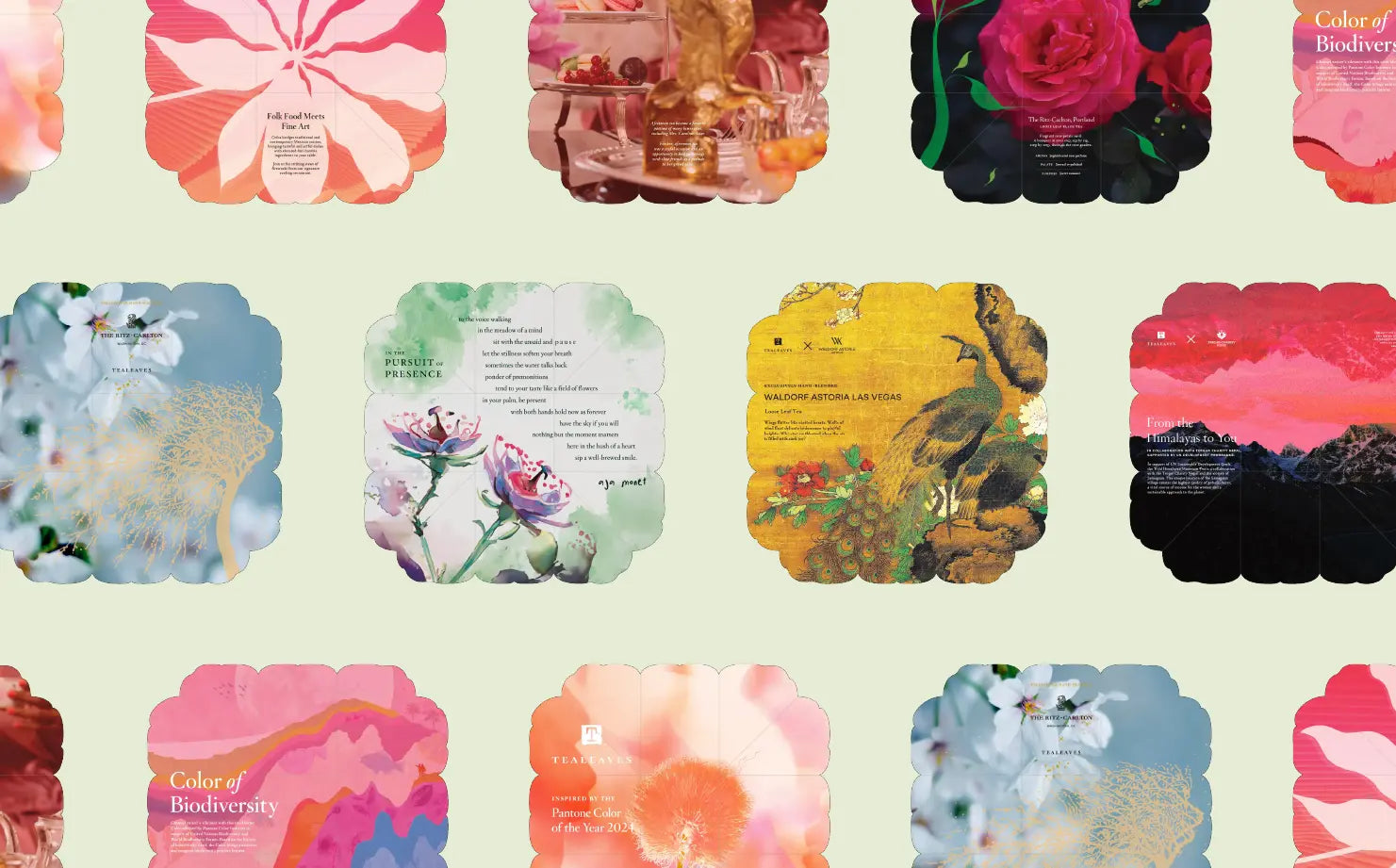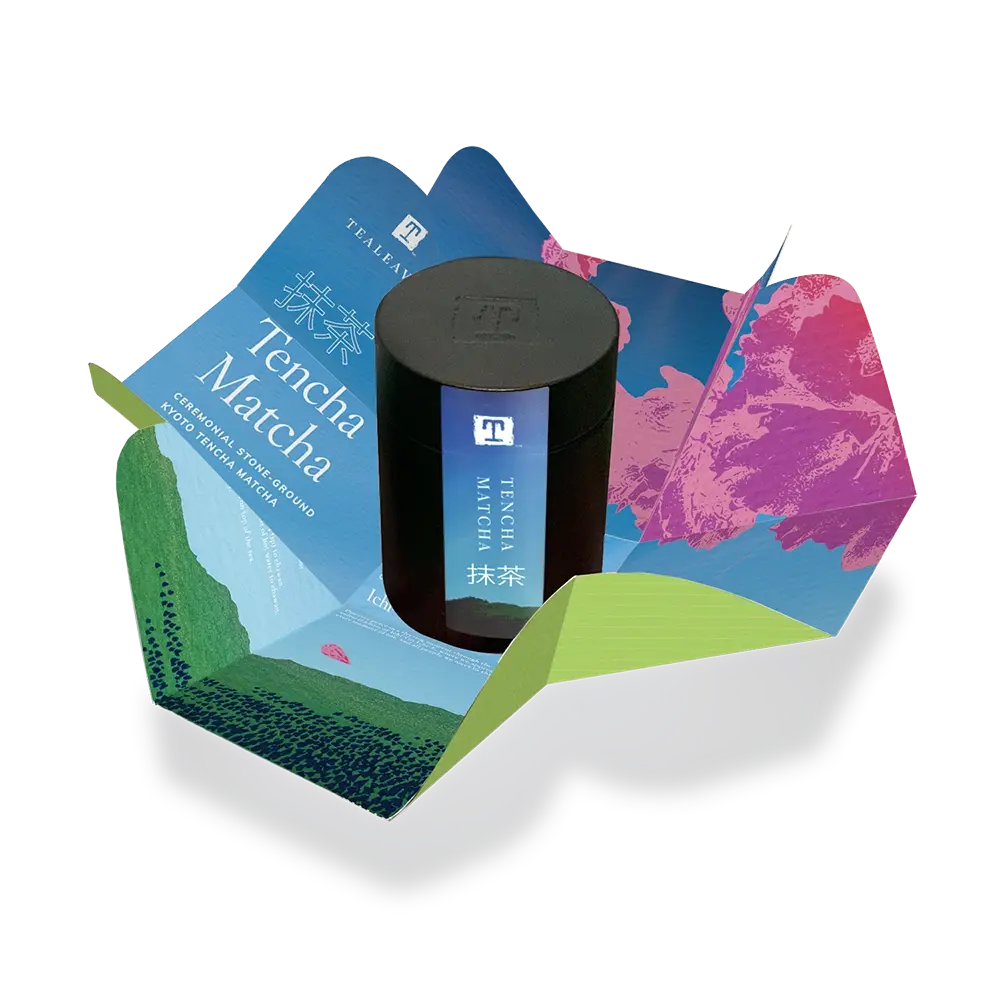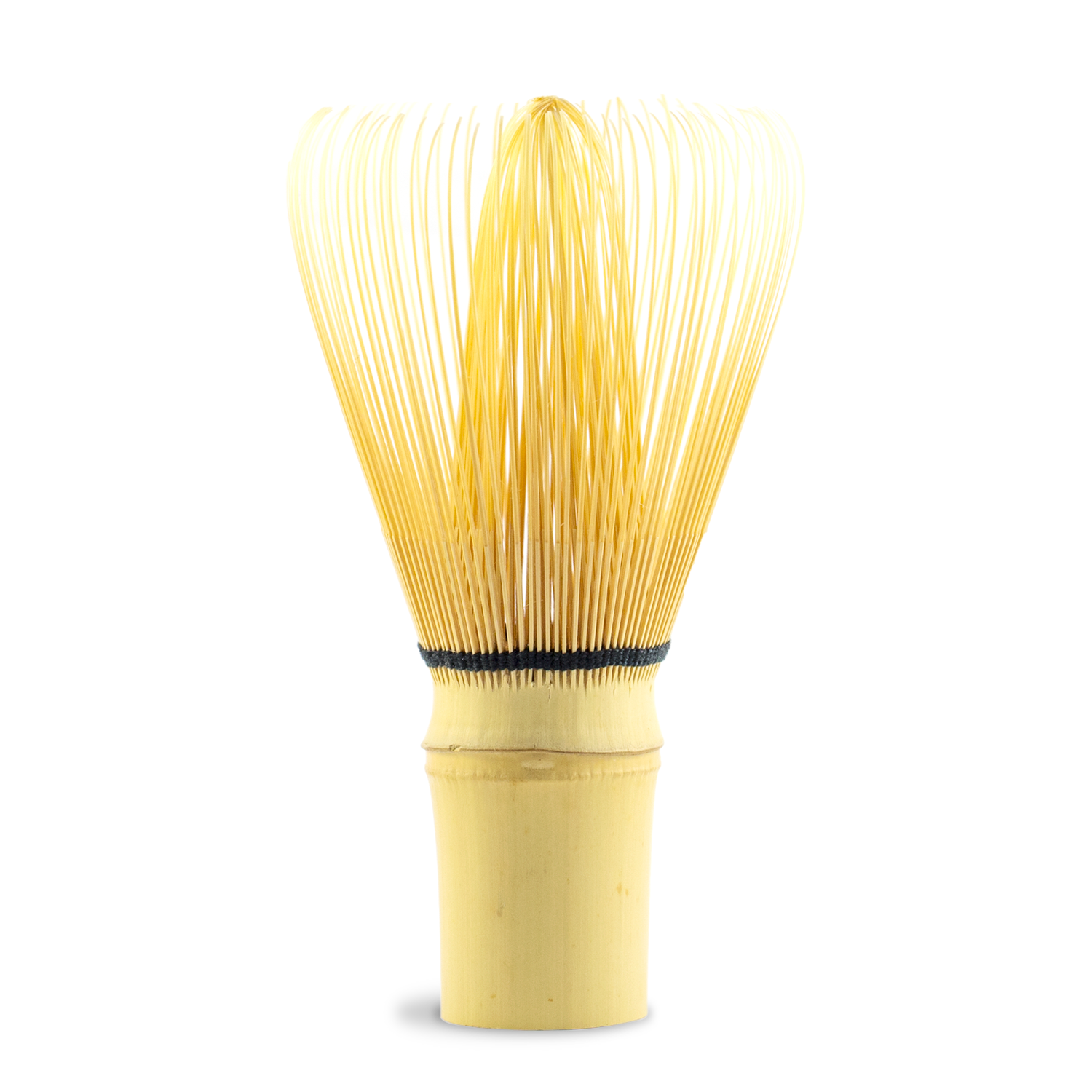A Japanese tea ritual of harmony, respect, purity and tranquility, Chadō has a revered place in our evolution - reminding us of permanence and ephemerality, nature and culture.
TEA CULTURE
Chadō Tea Ceremony
TEA CULTURE
Chadō Tea Ceremony
TEA CULTURE
Chadō Tea Ceremony
TEA CULTURE
Chadō Tea Ceremony
The confluence of tea and culture can be beautifully explored within Chadō – the Japanese Way of Tea.
Chanoyu exhibits the high art and technique of otemae (performance of Chadō) and enshrines the influence of Zen Buddhism and tea appreciation.
"Form is everything in tea, but form is not valued simply as an end in itself.”
Chadō and TEALEAVES
Purity, Harmony, Respect & Tranquility
BY KEITH SNYDER OF THE URASENKE FOUNDATION OF VANCOUVER
The Way of Tea (Chadō) developed in Japan out of a fusion of many elements: Zen, Chinese and Japanese aesthetics, Bushido (the Way of the Warrior), and the early of the beverage in temple and manor. The practice of tea is also known as Chanoyu. Tea came to Japan in the 12th century by way of travelling Japanese monks. At first it was considered a medicine since it had the wonderful property of increasing the mental alertness of the imbiber. While it was used in temples as an offering and as a way for monks to remain alert during long periods of meditation, it was also served by the wealthy at large gatherings at which fine art works from the continent were displayed. In time, the tea utensils themselves came to be appreciated as objets d’art and tea was prepared before the guests according to prescribed rules.
By the 16th century, three dominating influences can be discerned: the Zen tradition of Ikkyu, the aesthetics of the so-called Higashiyama culture centred around the Ashikaga Shogunate, and the interest in tea of the merchant class. It can be said that these three elements came together in the tea of Sen Rikyu, who is regarded as the father of Chadō as we know it today. To the outside observer, the movements of the participants engaged in tea activity look deceptively like an elaborate and arbitrary system of etiquette.
Form is everything in tea, but form is not valued simply as an end in itself. Through the form one enters into a deeper understanding, which is not available by any intellectual process or verbal explanation. Learning Chadō begins with a step-by-step process in which the body acquires the ability to act in the tea environment without superfluous mental calculation, and as in any sport, dance, or discipline, this means that it is learned by the body through repetition. Though there are various levels of practice, increasing in complexity as the student advances, it is the elementary procedure first learned that is the most important, for it is with this basic procedure (hira-demae) that one makes and offers tea to others outside of the tea lesson. Not a ritual, not a ceremony, this is a pure act of the heart.
Purity, Harmony, Respect & Tranquility
BY KEITH SNYDER OF THE URASENKE FOUNDATION OF VANCOUVER
The Way of Tea (Chadō) developed in Japan out of a fusion of many elements: Zen, Chinese and Japanese aesthetics, Bushido (the Way of the Warrior), and the early of the beverage in temple and manor. The practice of tea is also known as Chanoyu. Tea came to Japan in the 12th century by way of travelling Japanese monks. At first it was considered a medicine since it had the wonderful property of increasing the mental alertness of the imbiber. While it was used in temples as an offering and as a way for monks to remain alert during long periods of meditation, it was also served by the wealthy at large gatherings at which fine art works from the continent were displayed. In time, the tea utensils themselves came to be appreciated as objets d’art and tea was prepared before the guests according to prescribed rules.
By the 16th century, three dominating influences can be discerned: the Zen tradition of Ikkyu, the aesthetics of the so-called Higashiyama culture centred around the Ashikaga Shogunate, and the interest in tea of the merchant class. It can be said that these three elements came together in the tea of Sen Rikyu, who is regarded as the father of Chadō as we know it today. To the outside observer, the movements of the participants engaged in tea activity look deceptively like an elaborate and arbitrary system of etiquette.
Form is everything in tea, but form is not valued simply as an end in itself. Through the form one enters into a deeper understanding, which is not available by any intellectual process or verbal explanation. Learning Chadō begins with a step-by-step process in which the body acquires the ability to act in the tea environment without superfluous mental calculation, and as in any sport, dance, or discipline, this means that it is learned by the body through repetition. Though there are various levels of practice, increasing in complexity as the student advances, it is the elementary procedure first learned that is the most important, for it is with this basic procedure (hira-demae) that one makes and offers tea to others outside of the tea lesson. Not a ritual, not a ceremony, this is a pure act of the heart.
“The emotion derived from Chadō is conceptual: your focus naturally flows into the present, where the uniqueness of each moment can be savoured.”
The Principles of Chadō
Chadō incorporates an array of sensibilities: social etiquette, Asian artistic traditions and philosophy, attention to the seasons, and the essence of Zen Buddhism. This construct allows one to achieve the four principles of the Japanese Tea Ceremony: harmony, respect, purity, and tranquility. The emotion derived from Chadō is conceptual: your focus naturally flows into the present, where the uniqueness of each moment can be savoured. The host focuses entirely on serving a cup of tea; the guest, entirely on receiving tea with gratitude. In doing so, the host and guest foster a true sense of tranquility.
The Principles of Chadō
Chadō incorporates an array of sensibilities: social etiquette, Asian artistic traditions and philosophy, attention to the seasons, and the essence of Zen Buddhism. This construct allows one to achieve the four principles of the Japanese Tea Ceremony: harmony, respect, purity, and tranquility. The emotion derived from Chadō is conceptual: your focus naturally flows into the present, where the uniqueness of each moment can be savoured. The host focuses entirely on serving a cup of tea; the guest, entirely on receiving tea with gratitude. In doing so, the host and guest foster a true sense of tranquility.
The Principles of Chadō
Chadō incorporates an array of sensibilities: social etiquette, Asian artistic traditions and philosophy, attention to the seasons, and the essence of Zen Buddhism. This construct allows one to achieve the four principles of the Japanese Tea Ceremony: harmony, respect, purity, and tranquility. The emotion derived from Chadō is conceptual: your focus naturally flows into the present, where the uniqueness of each moment can be savoured. The host focuses entirely on serving a cup of tea; the guest, entirely on receiving tea with gratitude. In doing so, the host and guest foster a true sense of tranquility.
Chadō – The Way of Tea
Chadō is based upon the simple act of boiling water, making tea, offering it to others, and drinking of it ourselves. Served with a respectful heart and received with gratitude, a bowl of tea satisfies both physical and spiritual thirst.



